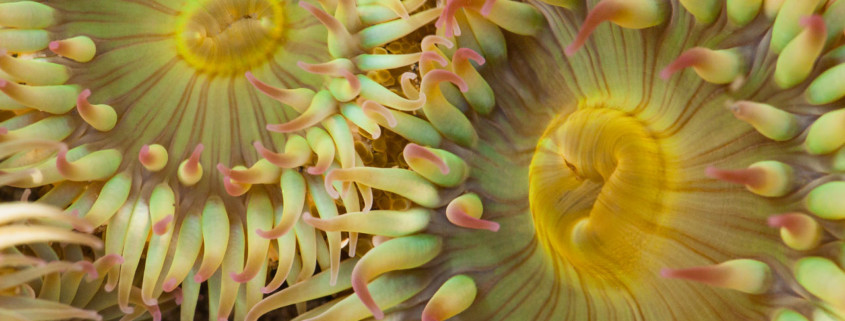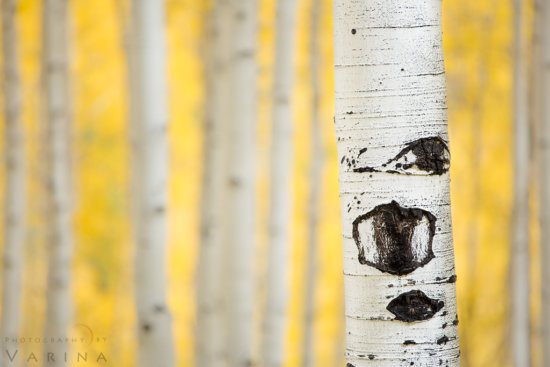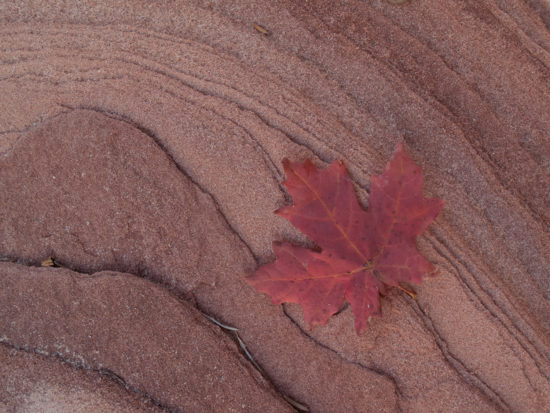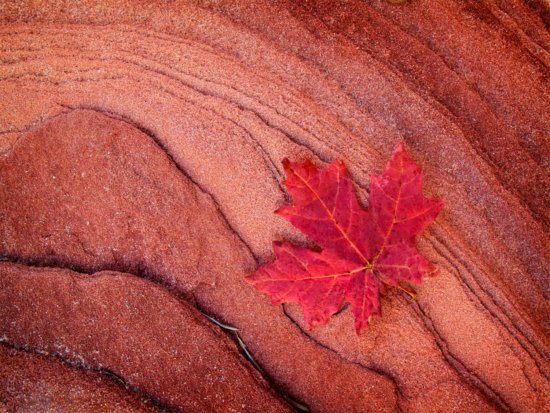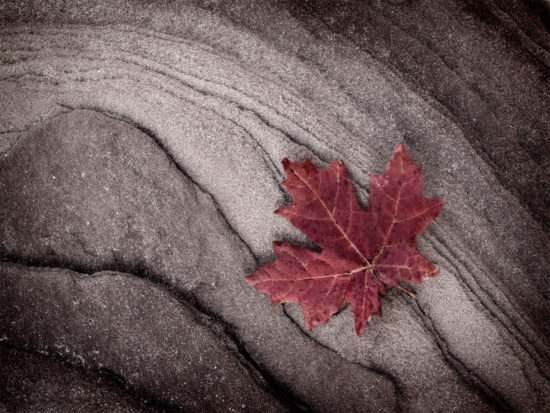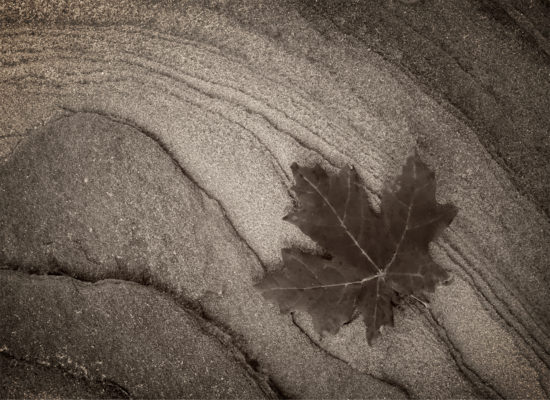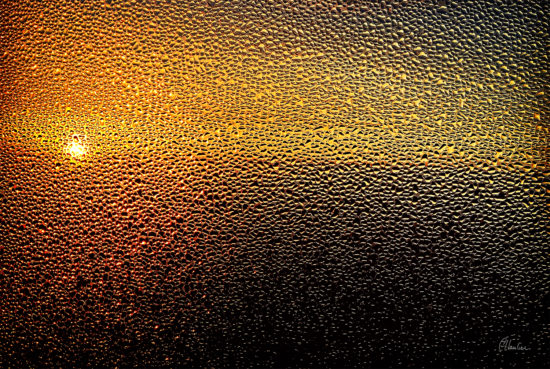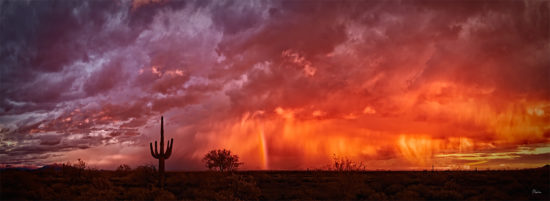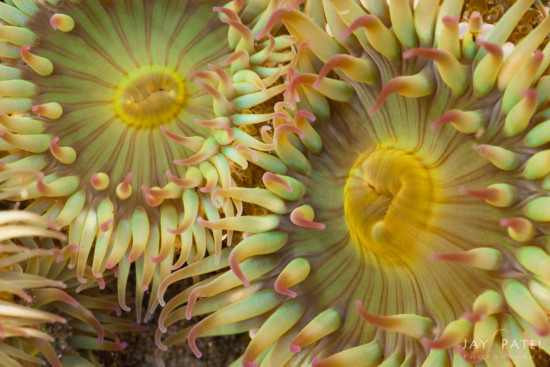5 Effective Exercises for Creative Nature Photography
As a society, we’re bombarded with images all day long, from billboards to television to social media. Those images can really influence our nature photography in subtle and not so subtle ways. We’ve all been guilty of seeing a nature photo and wanting to go to that iconic nature photography location to capture that exact same photograph. Over time this creates a portfolio filled with typical cliché golden hours photos that you see on social media. So how can you create a unique, diverse and inspiring portfolio? This is where creative photography comes into play.
Creative photography can help you find an entirely different way to present the nature photography location you are trying to capture. However, following creativity in photography is a personal choice. Creative photography is often difficult for some nature photographers to pursue because there are no rule books for creativity. You have to use your imagination and out-of-box thinking to come away with creative photos. Here are some exercises to help you see creatively on location.
Find Creative Nature Photography Compositions
Finding a new perspective to capture the world around you opens you up to greater creativity. Try to find a unique nature photography composition using compositional elements at the location you are trying to capture. These compositional elements can include colors, textures, light, mood, change in perspective and more. You can combine these compositional elements with your camera setting to come away with some stunning photos.
Exercise:
Find an object and photograph it three different ways by using some of the ideas listed above. For example take a look at the three different perspectives of capturing aspen trees in fall.
In image #1, Varina used shallow DOF and a long lens to create an abstract of the aspen trees and filled the background with fall colors. A fine art abstract of an aspen trees seen in image #2, was created using intentional camera movement and long exposure. The last image was captured by pointing a wide angle lens straight up to create nature photography composition with complementary colors.
Use Post Processing for Creative Nature Photography
Post processing techniques for creative photography can be highly effective. You can do this by changing an image to black and white, adding creative texture layers in Photoshop, creating movement through software plugins, or even selective toning. I rarely rely on just one post-processing option. Instead, I try different techniques on my nature photos using Photoshop. I will then save them and step away from them for a while. I will then review them at a later date with a fresh look.
Exercise:
Find one image in your nature photography catalog and process it in three or more different and unique ways using Lightroom, Photoshop or Plugins. So instead of settling for the mundane, use some creative processing to add a touch of your own vision for the image.
In the above image, I have used colors, selective colorization and B/W conversion to create different versions of the same image. However it is important to note that creative post processing is not just limited to selective colors and B/W conversion. You can use different exposure settings, color balance, vignetting to create mood and feeling for an image using Lightroom and Photoshop.
Experiment with Camera Setting
Being a true artist can be scary. Embarking on uncharted waters can be uncomfortable yet exhilarating. The key here is to love what you do and not worry about what others may think. Experiment. Play. Have fun. Push the boundaries and don’t worry about the critics. You can do this in-camera with the use of unique lenses or filters, longer exposures, different angles, or even camera movement.
Exercise:
Try something different from your normal routine! Take only one camera, one lens, and focus on what you rarely do. If you shoot color, then shoot for black and white photography. If you shoot landscapes, then try your hand at macro or wildlife photography. If you use camera settings to capture sharp, vibrant, color photographs, try creating a soft ethereal out of focus image.
I took the image #1 below with my iPhone. It was the only camera available on this last morning of my Iceland journey. As an infrared/black and white photographer, stepping outside my comfort zone resulted in this beautiful abstract photograph.
Landscape photographers are always trying to get everything sharply in focus when shooting with wide angle lenses. There are numerous video course available to show techniques that can be used to get every part of the image sharply in focus. However, it is possible to create wide angle landscape with a shallow DOF. Image 2 shows how a shallow DOF can be used to create a dreamy look for your photos straight out of camera.
Practice working on your Creative Nature Photography ideas
Great creative photography ideas won’t come to you on demand. Creative people are always thinking, assessing, and stewing over the many ideas that pop into their head. Give yourself time to learn how to put the ideas in your head into your final piece. It is also very important to learn not to let your own head get in your way. If you have a creative photography idea, get to work on it… don’t just set it aside for another day that may never come.
Exercise:
Write down any creative photography idea that pops into your head. Look at your list daily and start working on those ideas.
Develop your own Creative Vision
This is probably the most important aspect of creativity. Knowing who you are, what you are drawn to visually and emotionally, learning to let go of any societal pressures, and following your passion is what allows you to be the creative person you are meant to be.
Exercise:
Ignore the images of iconic locations that you see on social media..This is harder than it sounds. Instead find a time and location that speaks to you visually and emotionally. Then ask yourself what is it about this place and time that makes me say “WOW!!”? Find a way to photograph and capture the WOW feeling and convey it to your viewers.
Dramatic light is not the only thing that can create the WOW factor. Sometimes the creative process itself can be an enjoyable experience. Trying to get the sand out of a sea anemone was just as enjoyable as the final result in the Image #2.
If you truly want to be a more creative photographer, you need to get out and take more photographs, try new things, and experiment with different techniques, be it analog or digital. Step away from the endless images online and instead find yourself in your backyard looking at the details in a flower, the shadows of the rocks, the abstractness of the tree branches.
Experimentation and failure are part of the creative process. So do not get discouraged if things do not work out the first time. In time you will learn to see things differently. Above all…have fun with that DSLR or mirrorless camera in your hand.

